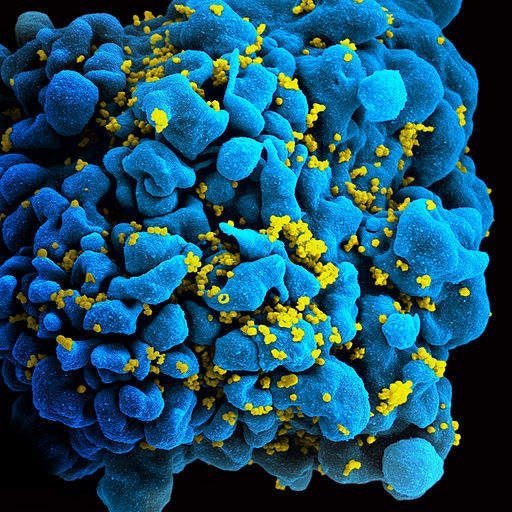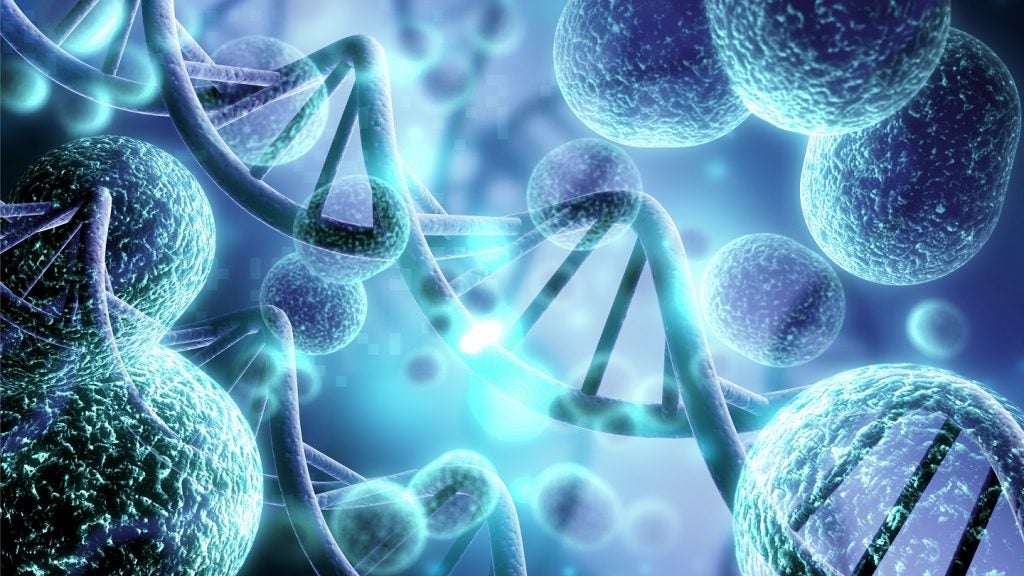
Researchers have found that by genetically editing bone marrow stem cells of pigtail macaques infected with simian/human immunodeficiency virus (SHIV), the size of dormant ‘viral reservoirs’ can be reduced, decreasing the risk of the disease reactivating.
The study was conducted by a team at the Fred Hutchinson Cancer Research Center in Seattle, US, with findings published in PLOS Pathogens.
The research follows a 2007 procedure which saw an HIV-positive patient, Timothy Brown, receiving a bone marrow stem cell transplant as a treatment for his leukaemia. However, the procedure was found to have eliminated the HIV from his system, an effect researchers believe is due to a mutation in the donor cell’s CCR5 gene making them resistant to HIV.
The problem with attempting to replicate this effect is that finding matching donors with CCR5 mutations is very rare. Additionally, transplants are considered dangerous for otherwise healthy HIV-positive patients, due to the risk of donor cells attacking patients’ cells.
As such, the Seattle research team attempted to use gene editing methods to introduce the CCR5 mutation into a patient’s stem cells.The team had previously safely and effectively removed bone marrow stem cells from a healthy macaque, edited the CCR5 gene and transplanted the modified cells back into the primate. Following this, the CCR5-mutated cells successfully multiplied.
The team has now used the same method for macaques infected with SHIV and receiving antiretroviral therapy, making them comparable to HIV-positive people undergoing treatment to keep HIV levels low. Following the transplant, the CCR5-modified cells multiplied in the macaques, leading to an increase in white blood cells that also had the mutation and were thus SHIV-resistant.
How well do you really know your competitors?
Access the most comprehensive Company Profiles on the market, powered by GlobalData. Save hours of research. Gain competitive edge.

Thank you!
Your download email will arrive shortly
Not ready to buy yet? Download a free sample
We are confident about the unique quality of our Company Profiles. However, we want you to make the most beneficial decision for your business, so we offer a free sample that you can download by submitting the below form
By GlobalDataIn the macaques tested, edited cells were detected in viral reservoirs when a tissue analysis of the macaques was conducted. Viral reservoirs are groups of cells hijacked by SHIV to produce more copies of the virus, but which are currently in a dormant state. These reservoirs seemed to reduce following exposure to the modified cells, an important effect as current antiretroviral therapies have no impact on the reservoirs, which could reactivate and produce more SHIV at any point.
Over time, around 4% of each macaque’s white blood cells included the CCR5 modification — too low a number to stimulate SHIV remission without also continuing antiretroviral therapy.
The team is now attempting to increase this percentage through improving the efficacy of their gene-editing technique, with the hope that their method could one day help to combat HIV in humans.







